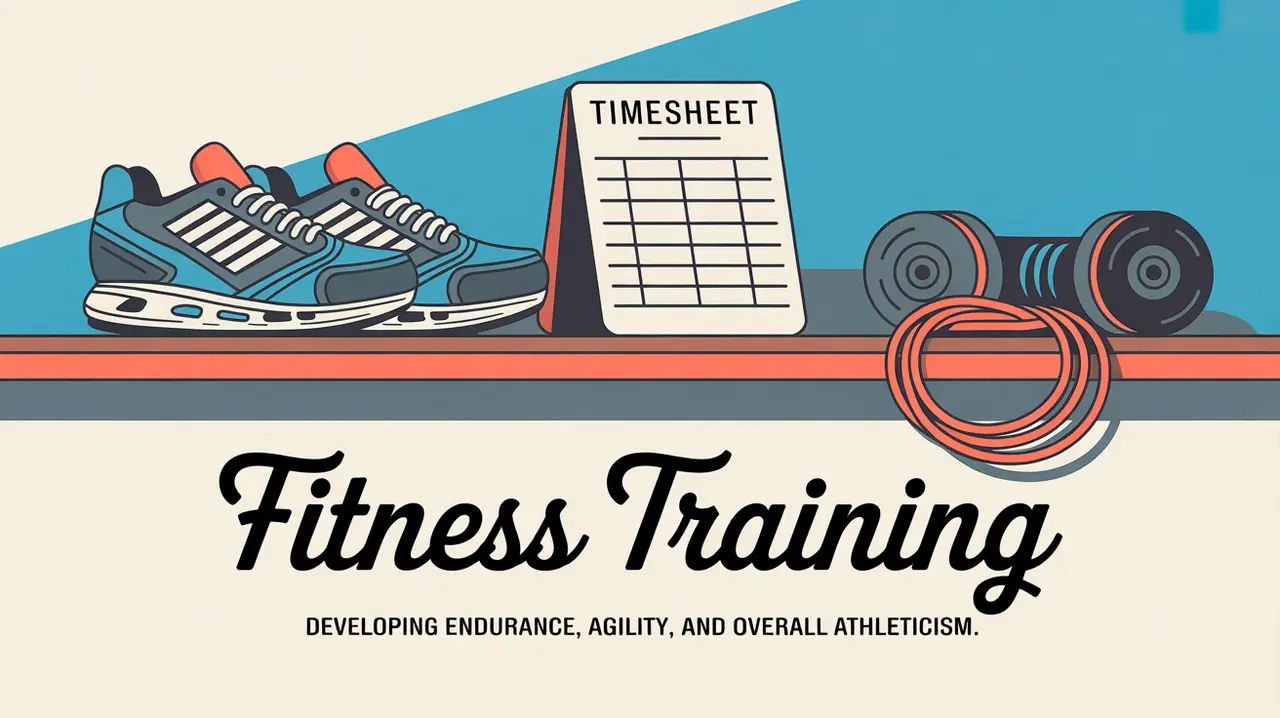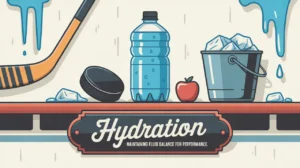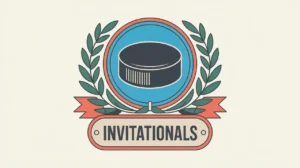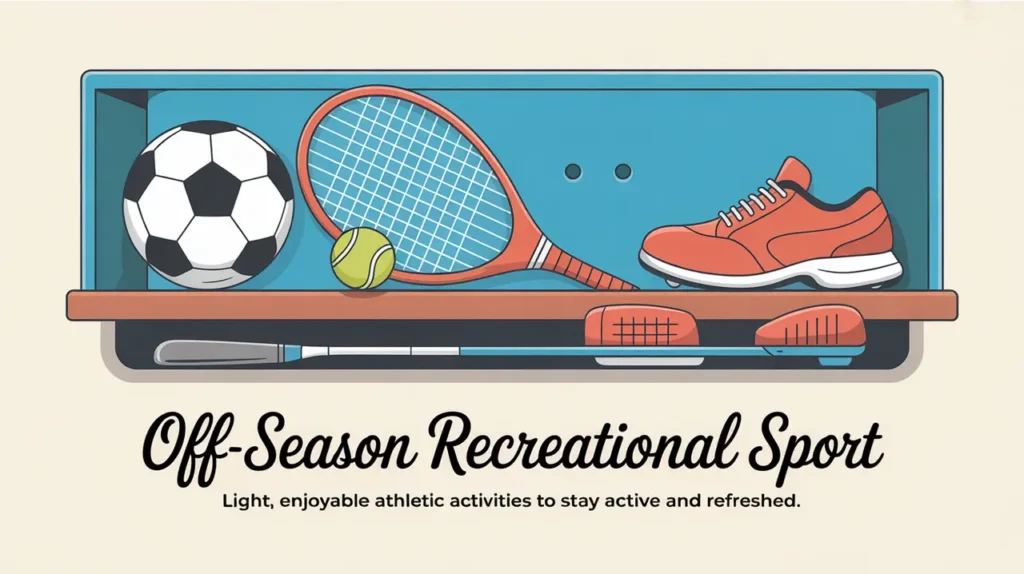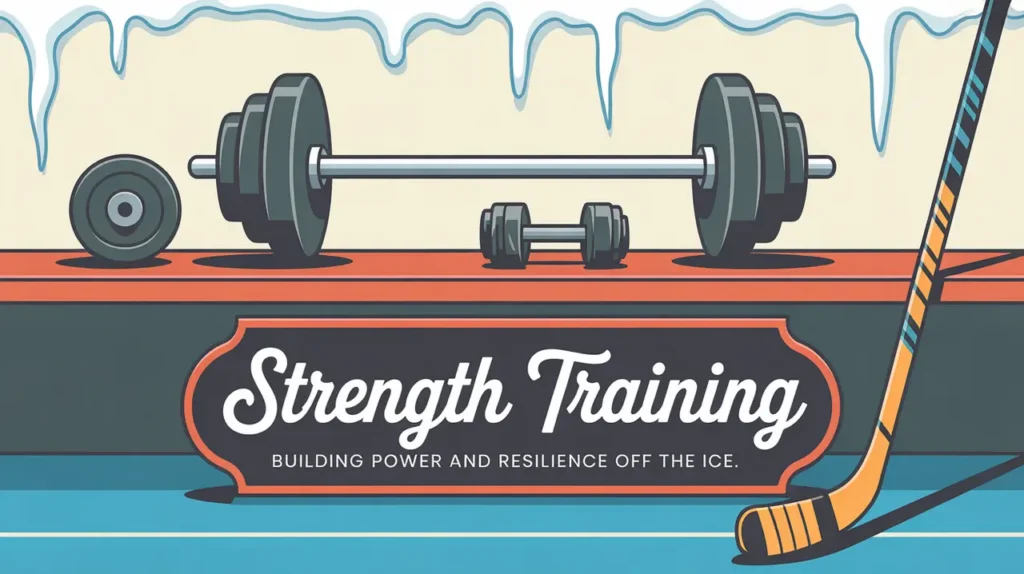Jim’s Intro to Fitness Training
Hi folks, Jim here, the only commentator who once joined a team conditioning skate and realized halfway through that talking for a living doesn’t count as cardio.
What is fitness training?
Fitness training is the systematic development of cardiovascular endurance, agility, mobility, and stamina to meet the physical demands of hockey. It’s what allows players to maintain high performance deep into the third period, through tournaments, and across long seasons.
How does it work?
Fitness training works by improving the body’s ability to sustain effort and recover quickly:
- Aerobic Conditioning: Builds a strong base for endurance through activities like running, cycling, or on-ice laps.
- Anaerobic Conditioning: High-intensity intervals mimic the stop-start rhythm of shifts.
- Agility and Mobility: Drills enhance quickness, edge control, and fluid movement.
- Core Stability: A strong core supports balance, stride efficiency, and puck protection.
- Recovery Integration: Proper rest and active recovery make fitness gains stick.
How do you make good decisions with it?
- Train for Hockey, Not Just Fitness: Prioritize interval and sport-specific conditioning over generic workouts.
- Balance Intensity and Volume: Overloading can lead to fatigue or injury.
- Schedule Smartly: Integrate fitness work around practices and games to avoid burnout.
- Track Progress: Use benchmarks to adjust intensity as fitness improves.
- Mix It Up: Variety keeps training engaging and develops well-rounded athleticism.
How do you master it?
Mastering fitness training means building a program that develops endurance and explosiveness together, then maintaining it consistently through the season. Over time, players build the conditioning base needed to outlast opponents.
What does it look like when done right?
Good fitness training looks sharp and sustainable. Players skate with energy in the final minutes, recover quickly between shifts, and avoid the late-game drop-off that separates contenders from passengers.
Commentator’s Corner
Jim’s Take
Fitness training is like a good forecheck. When it’s there, everything clicks. When it’s not, you’re just chasing.
Parent Tip
Support regular conditioning outside of games and practices, especially during the off-season. It builds a foundation for everything else.
Player Tip
Push yourself smartly. Fitness gains come from effort and consistency, not shortcuts or overdoing it.
A Final Thought
Fitness training gives players the stamina and explosiveness that hockey demands. Master it, and you’ll bring energy, speed, and resilience to every game.

